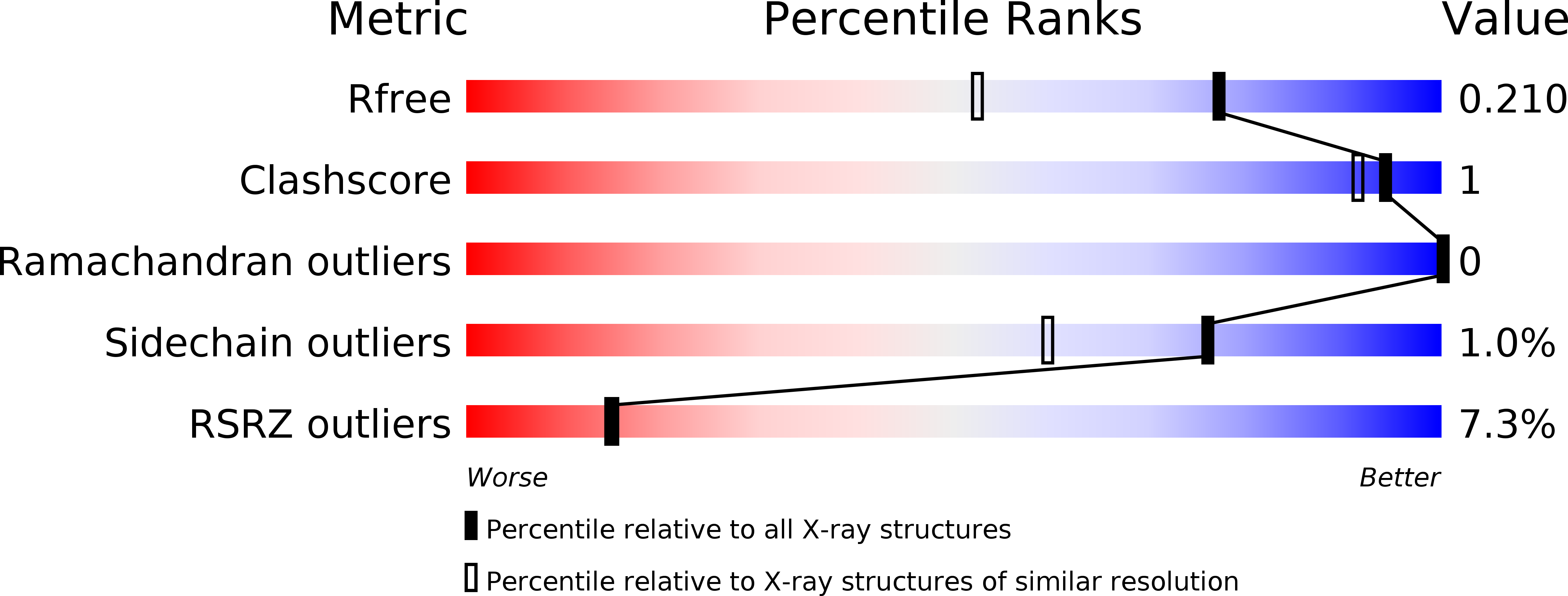
Deposition Date
2013-01-24
Release Date
2013-03-20
Last Version Date
2024-10-30
Entry Detail
PDB ID:
4IX7
Keywords:
Title:
Crystal Structure of the insv-BEN domain complexed to its DNA target site
Biological Source:
Source Organism:
Drosophila melanogaster (Taxon ID: 7227)
Host Organism:
Method Details:
Experimental Method:
Resolution:
1.58 Å
R-Value Free:
0.21
R-Value Work:
0.18
R-Value Observed:
0.19
Space Group:
P 21 21 21


